Description
Clinical Evidence
• A study in Cell Metabolism (2013) found that NAD+ supplementation restored mitochondrial function and improved muscle regeneration in aged mice.
• NAD+ administration activated SIRT1 and SIRT3, resulting in improved oxidative metabolism and extended lifespan in model organisms (Nature Communications, 2016).
• In neurodegeneration models, NAD+ protected neurons from axonal degeneration and energy collapse.
• Research shows NAD+ modulates inflammation by affecting NF-κB signaling and oxidative stress pathways.
Buffered NAD+ is particularly useful in studies requiring pH-sensitive environments or prolonged cellular exposure.
Potential Side Effects
Buffered NAD+ is considered well-tolerated in lab settings. However, research has noted the following in cell and animal models:
• Transient flushing or histamine response at high doses (not typical with buffered NAD+)
• Mild cellular stress at supraphysiological concentrations
• Rare: gastrointestinal sensitivity in certain in vivo applications
No toxicity has been observed at commonly used lab doses, especially in buffered or stabilized formats.
Disclaimer
Buffered NAD+ is for laboratory research use only. It is not approved for human or veterinary use. All benefits and observations are based on preclinical or in vitro research. Product must be used only by trained professionals in controlled laboratory environments.
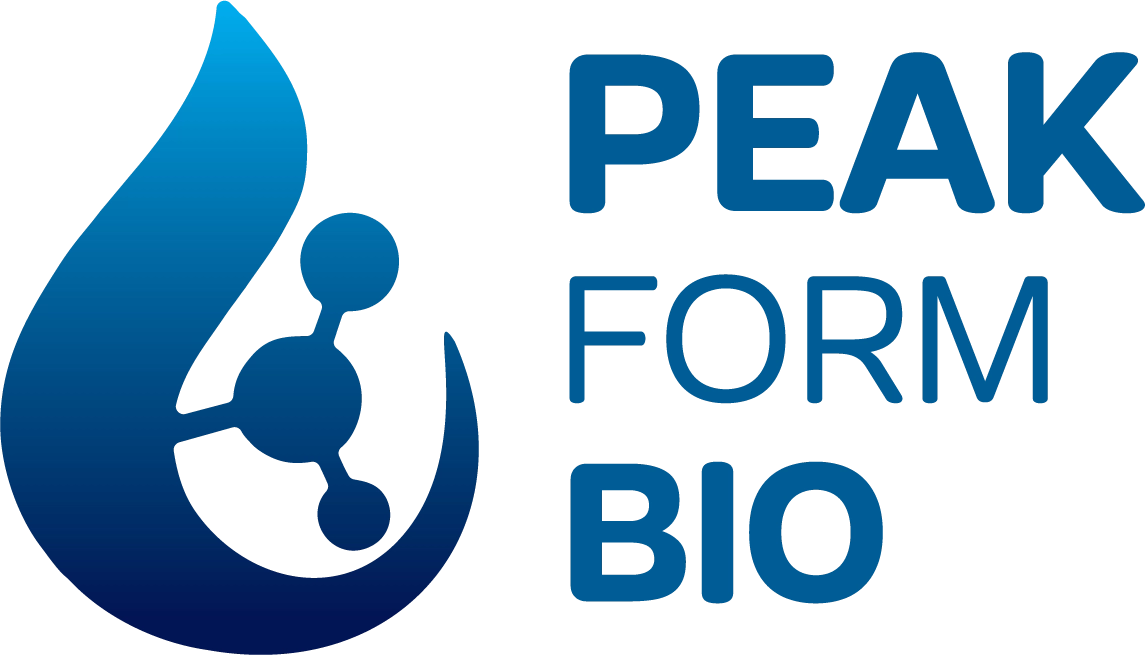
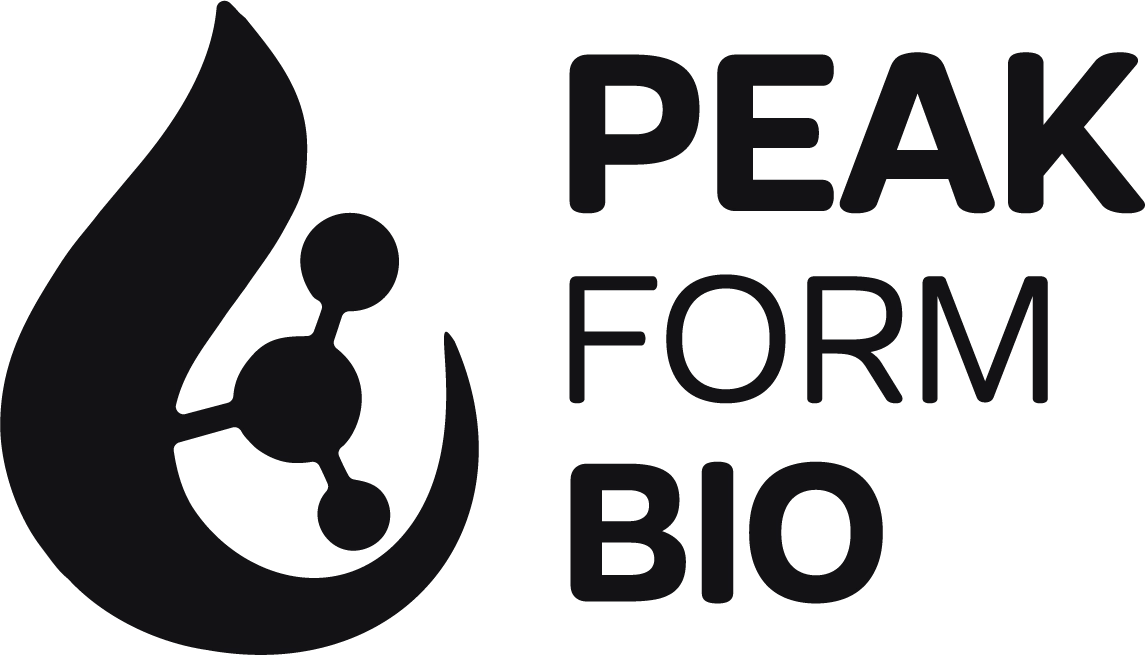
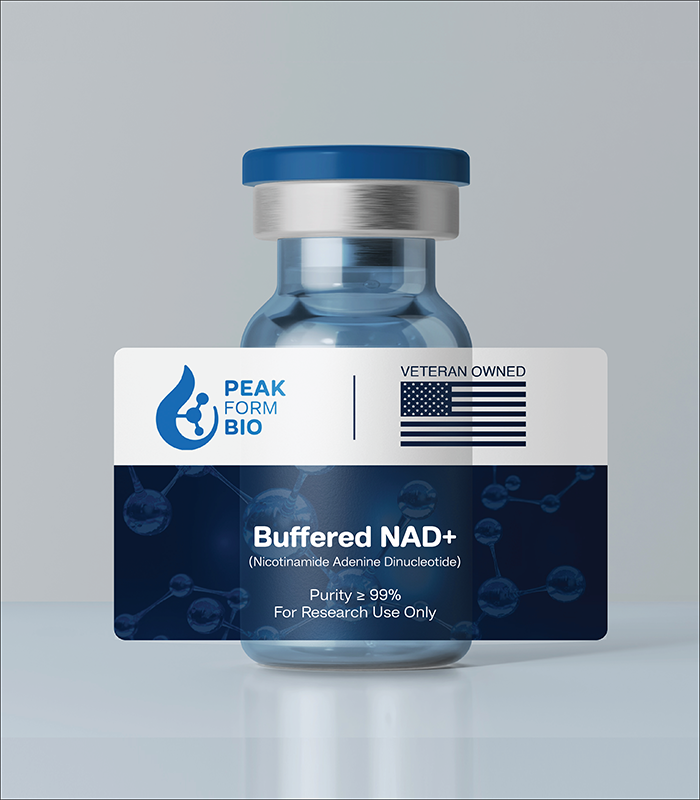
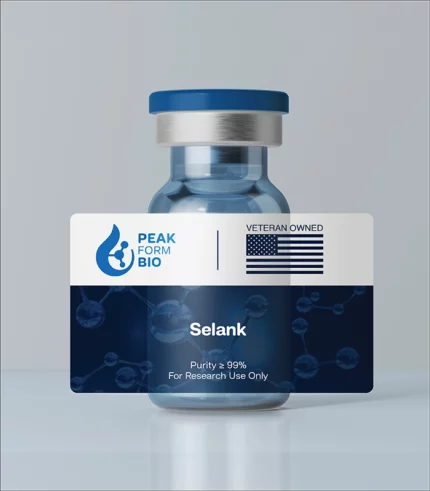
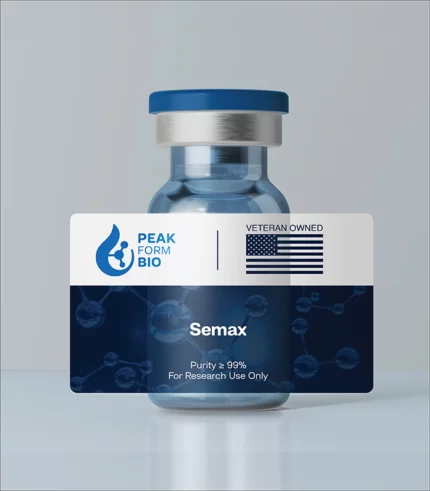
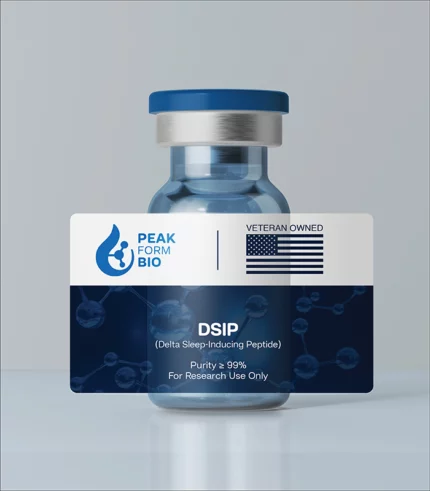
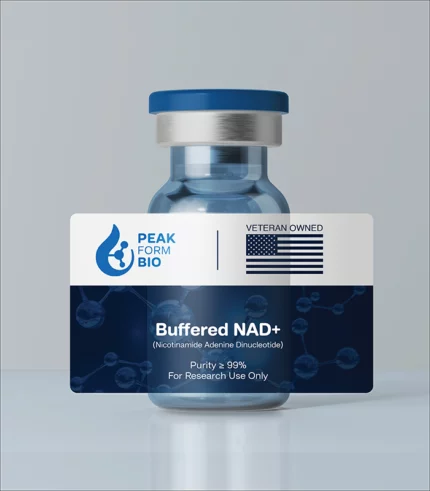
Reviews
There are no reviews yet.